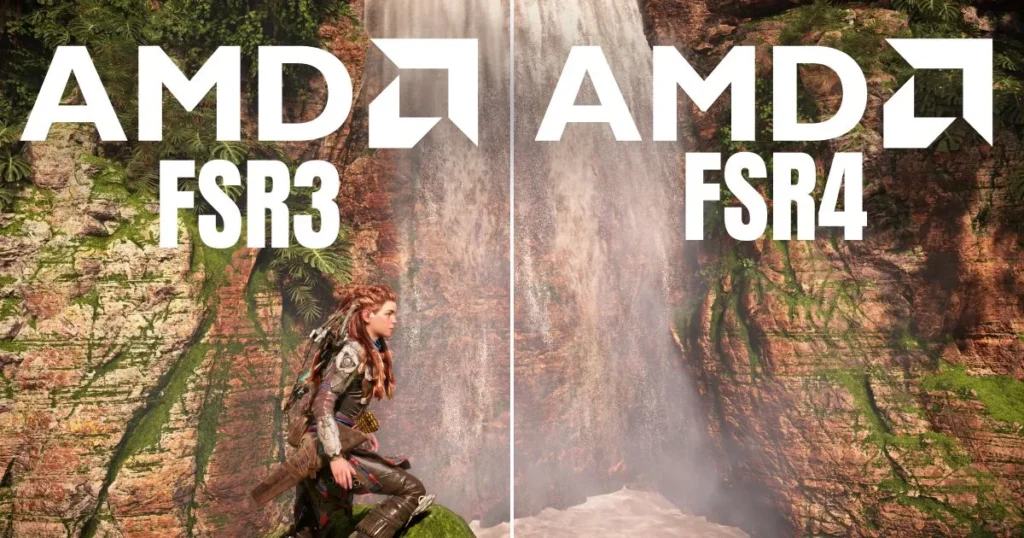AMD FSR4 Goes Open Source Briefly – Then Disappears in Major SDK Overhaul
In a stunning accidental release, AMD briefly published the full source code for FSR4 – its next-generation machine learning upscaler – on GitHub before swiftly removing it. The leak coincided with the launch of FidelityFX SDK 2.0, which fundamentally changes how developers integrate AMD’s upscaling tech by mandating pre-built, signed DLLs instead of open-source code.

What Happened?
- Accidental Open-Sourcing: Full AMD FSR4 code appeared on GitHub briefly on August 20
- Quick Removal: AMD took down the entire repository within hours
- Evidence Captured: Code included INT8 libraries – hinting at RDNA 3/4 optimization
FidelityFX SDK 2.0: The Official Changes
- No More Source Code:
- Developers must now use pre-compiled
amd_fidelityfx_loader.dll - Prevents modification but ensures consistency
- Developers must now use pre-compiled
- Automatic Updates:
- Future Adrenalin drivers can update FSR versions globally (like NVIDIA’s DLSS override)
- AMD FSR4 Requirements:
- Exclusive to RDNA 4 (RX 9000 series) for hardware acceleration
- Falls back to FSR 3.1.5 on older GPUs
- FSR 3.1.5 Update:
- Optimized for RX 7000 series and prior cards
Why DLLs Instead of Open Source?
- Security: Signed libraries prevent malware tampering
- Consistency: Uniform performance across implementations
- Ease of Use: Developers avoid compiling from source
- Control: AMD can push updates seamlessly
FSR4 vs. FSR 3.1: Key Improvements
| Feature | FSR 4 (RDNA 4 Only) | FSR 3.1.5 (RDNA 2/3) |
|---|---|---|
| Technology | ML-based (AI-trained) | Algorithmic |
| Temporal Stability | Significantly improved | Good |
| Ghosting Reduction | Excellent | Moderate |
| Particle Handling | High accuracy | Average |
| Hardware Accel. | RDNA 4 NPU/AI cores | Shader-based |
Developer Impact
- Unreal Engine: Plugin supports UE5.1–5.6
- Migration Path: Easy transition from FSR 3.1
- Future-Proofing: SDK 2.0 designed for “Redstone” ML features later in 2025
The Big Picture
AMD is pivoting from community-driven open source to a controlled, NVIDIA-like distribution model. While the accidental FSR4 leak gave a rare glimpse into its AI upscaling future, the sealed SDK aims to make FidelityFX more developer-friendly and updateable.
Also, Read
- AMD Lifts the Curtain – Financial Analyst Day Returns After 3-Year Hiatus
- AMD Surprises with Radeon RX 7400 – 43W “Advanced Gaming” GPU for OEMs
- AMD Launches Ultra-Efficient Radeon Pro W7400 – 55W Workstation GPU
Bottom Line
The brief open-source window was likely a mistake, but it revealed AMD’s ML ambitions. With SDK 2.0, AMD prioritizes ease and security over transparency – a tradeoff that could accelerate FSR4 adoption if RDNA 4 delivers.
Source: AMD gpuopen, Uzzi38